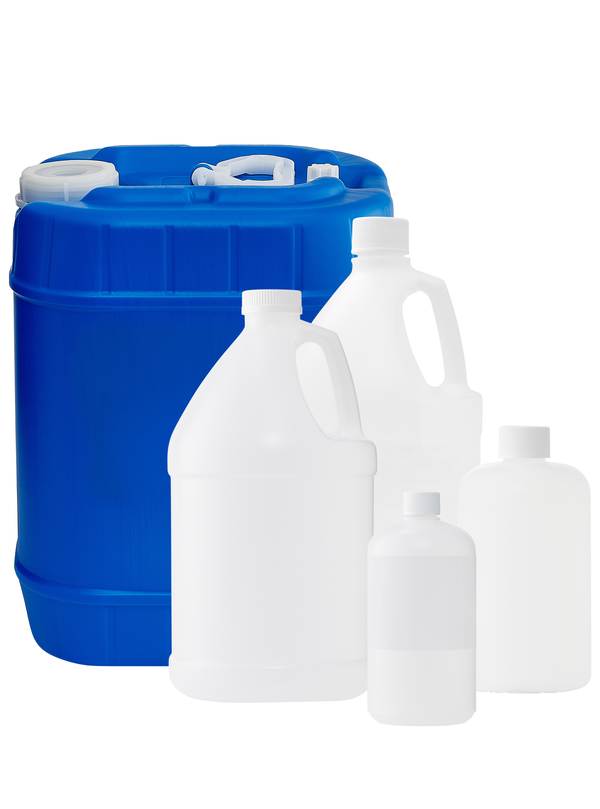
Business Support
Pyridine Lab Grade
For questions regarding lead time, please contact a member of our Customer Care Team at customercare@laballey.com
Business Support
Description
About Pyridine Lab Grade
Pyridine was primarily produced from coal tar before the development of its synthesis process based on acetaldehyde and ammonia. It is a six-membered aromatic heterocyclic chemical compound having five carbon atoms and one nitrogen atom in its ring structure. It is the primary member of the pyridine family, with a chemical formula of C 5 H 5 N. It has a fish-like odor and is extremely flammable, slightly alkaline, and water miscible. Lab Grade chemicals are also known as Chemically Pure or Laboratory Reagents. Despite its acceptable purity, Lab Grade chemicals do not comply with any recognized quality or purity criteria, such as the ACS Grade, the USP Grade, or the FCC Grade. Our Pyridine, Lab Grade is ideal for educational institutes and research labs due to its high purity.
COMMON USES AND APPLICATIONS
- Reagent
- Solvent
INDUSTRIES
- Paints
- Synthesis of Dyes
- Production of synthetic rubber
- Adhesives
- Insecticides
- Herbicides
PRODUCT INFORMATION
Customer Reviews and Q&A
Safety and Shipping
Pyridine is added to ethanol to make it unsuitable for drinking. In low doses, pyridine is added to foods to give them a bitter flavor, and such usage was approved by the US Food and Drug Administration and is still considered safe by the agency even though external lobbying forced it to ban pyridine's use as a synthetic flavor in 2018. The detection threshold for pyridine in solutions is about 1–3 mmol·L−1 (79–237 mg·L−1).
Pyridine has a flash point of 17 °C and is, therefore, highly flammable. Its ignition temperature is 550 °C, and mixtures of 1.7–10.6 vol% of pyridine with air are explosive. The thermal modification of pyridine starts above 490 °C, resulting in bipyridine (mainly 2,2′-bipyridine and to a lesser extent 2,3′-bipyridine and 2,4′-bipyridine), nitrogen oxides, and carbon monoxide. Pyridine easily dissolves in water and harms both animals and plants in aquatic systems. The permitted maximum allowable concentration of pyridine was 15–30 parts per million (ppm, or 15–30 mg·m−3 in air) in most countries in the 1990s, but was reduced to 5 ppm in the 2000s. For comparison, indoor air contaminated with tobacco smoke may contain up to 16 µg·m−3 of pyridine, and one cigarette contains 21–32 µg.
Business Support
Built for Business.
At Lab Alley, we simplify procurement with custom quotes, credit applications, tax exemptions, and fulfillment support, ensuring on-budget, on-time delivery - your success is our priority.
Apply for Credit
A Lab Alley credit account streamlines purchasing for your business. Our Customer Success Team is available to help you through every step of the process.
Request a Custom Quote
Get a fast, customized quote tailored to your specific needs. Our team ensures accurate pricing and availability to help streamline your purchasing process.

Additional Business Resources
Lab Alley provides access to essential certifications, documents, and other resources to support your business.
Certificates of Analysis

Create a Lab Alley Account

RECEIVE exclusive offers, promotions, and discounts on chemicals.

Always have the product you need, when you need it with our AUTOSHIP program.


